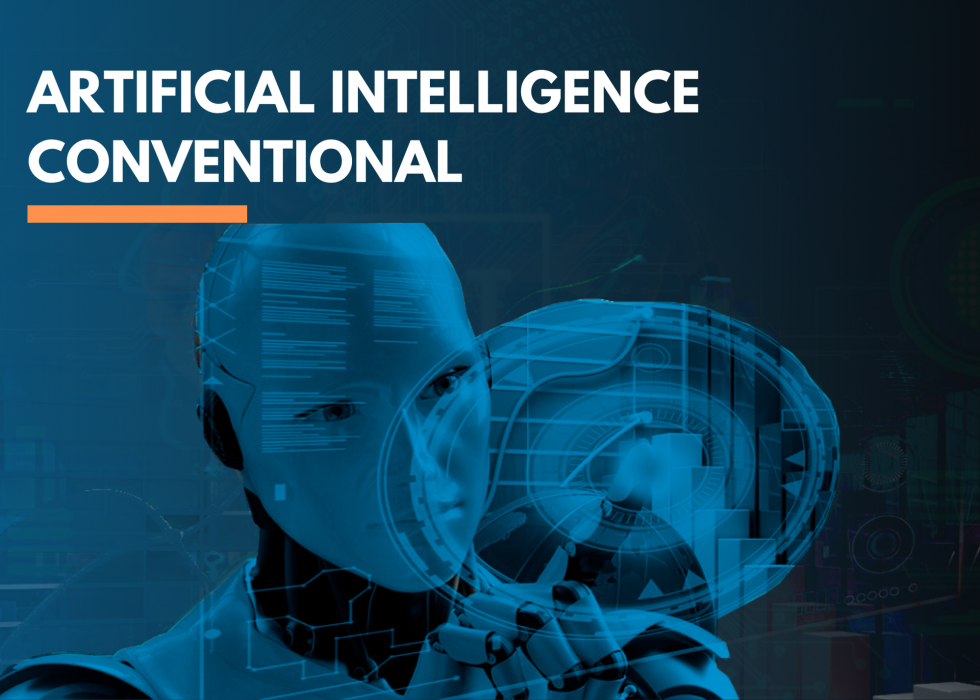Conventional AI or also known as general AI, is convinced that the human mind can be reproduced in a computer, weak AI, is dedicated to developing programs that are capable of solving activities considered intelligent, and they are not worried that the machine, As such, it can be considered smart.
WHY CHOOSE CONVENTIONAL ARTIFICIAL INTELLIGENCE?
The original goal of the field of AI was to build “intelligent machines,” computer systems with human-like intelligence. For decades most AI researchers have focused on what has been called “narrow AI,” the production of AI systems that display very limited task-specific intelligence.
Due to the difficulty of this task, in recent years, more and more researchers have recognized the need – and the feasibility – of returning to the original goals of AI by treating intelligence as a whole. Increasingly, there is a call to tackle the toughest problems of “human level intelligence” and more broadly general artificial intelligence (AGI).
The main event where the topic of a general AI is discussed is the AGI conferences that play an important role in this resurgence of research in artificial intelligence in the deepest sense of the original term of “artificial intelligence”. The conferences seek to encourage interdisciplinary research based on different conceptions of intelligence, and the exploration of different approaches.
Now, for the machine to have all the algorithms that make up the mind, first, you have to discover the mechanisms of the mind, translate them into algorithms to include them in the computer, so on until the human mind has been fully reproduced, and can run on a computer.
According to its creators, general AI has the following characteristics:
Take a holistic or comprehensive view of intelligence
He believes that the time has come to build an AI that is comparable to human intelligence.
Which brings us closer to the original idea of AI that, due to its setbacks, was separating itself from those objectives. And it takes up the idea of a strong AI (see previous article).
General AI, like the so-called narrow AI, aims to become an exact science and defines its theoretical line in three fields
So far, the main techniques used in general AI projects include classical AI techniques:
Mathematical logic
Probability theory (treatment of uncertainty)
Production system (strategies for rules)
Knowledge base (representation of knowledge)
Learning algorithms (deep learning has now become fashionable)
Robotics (planning systems)
Neural networks
Evolutionary computing (genetic algorithms)
Multi-agent system (intelligent agents)
Using these technologies, computers can be trained to perform specific tasks by processing large amounts of data and recognizing patterns in the data.



